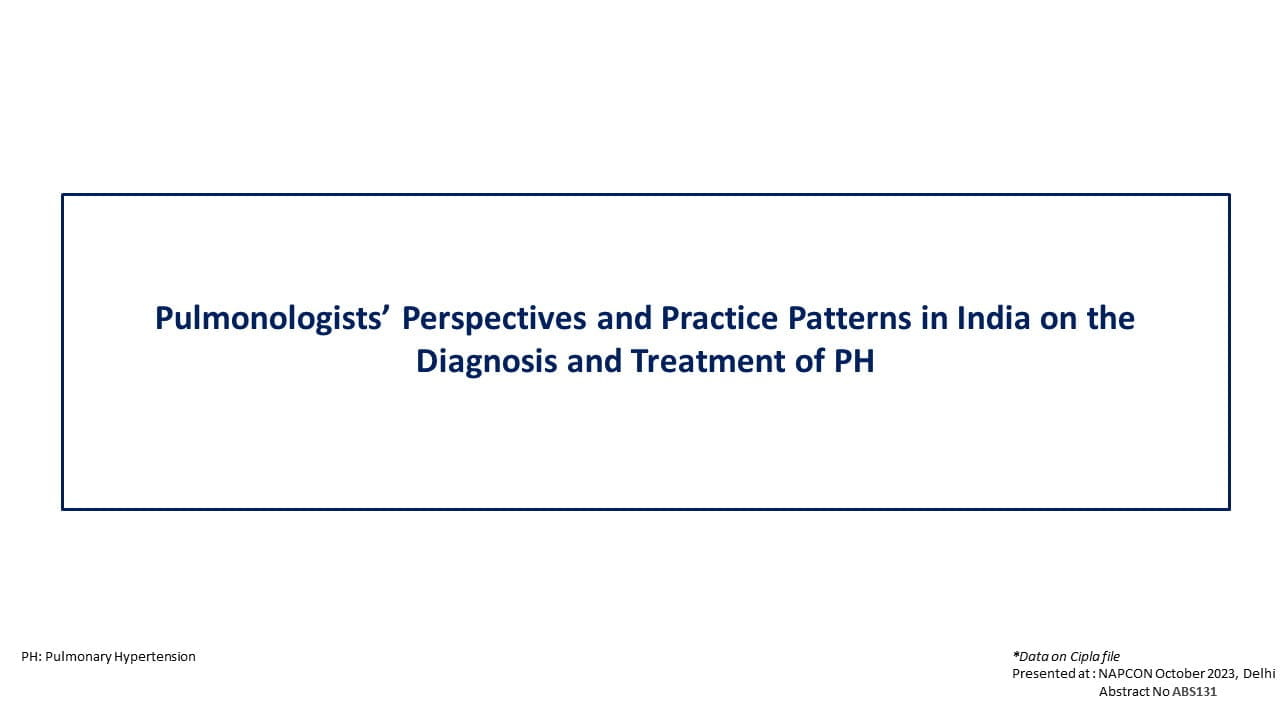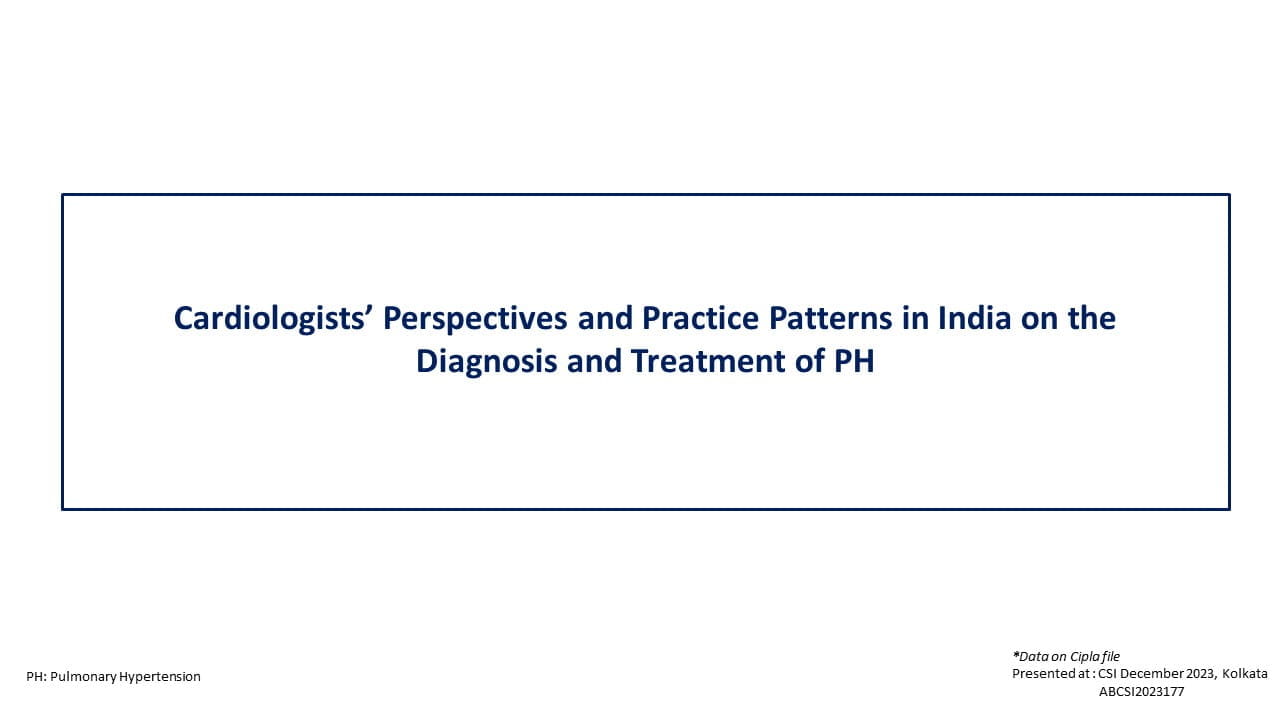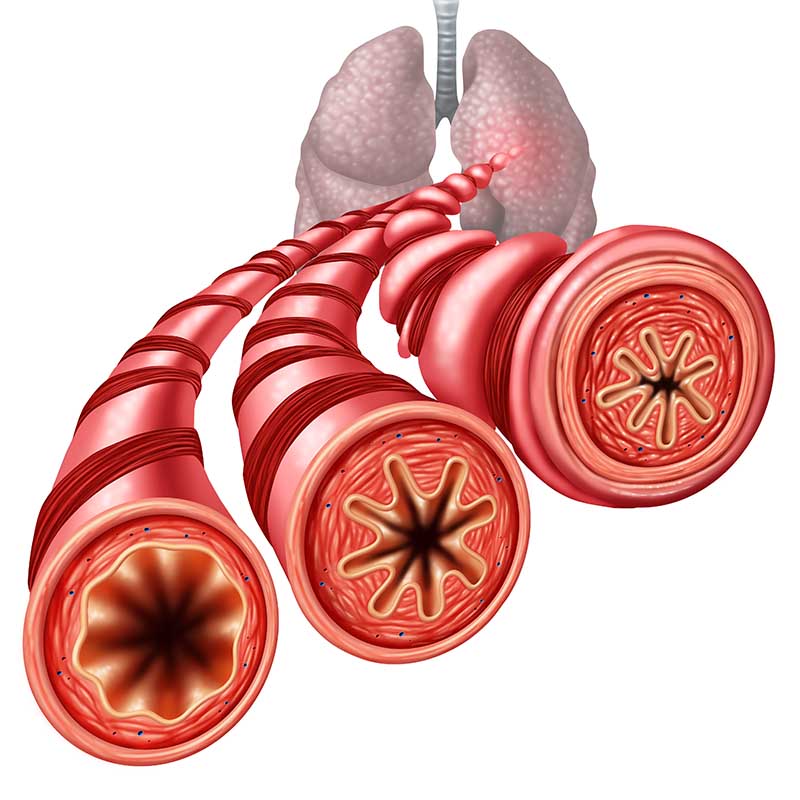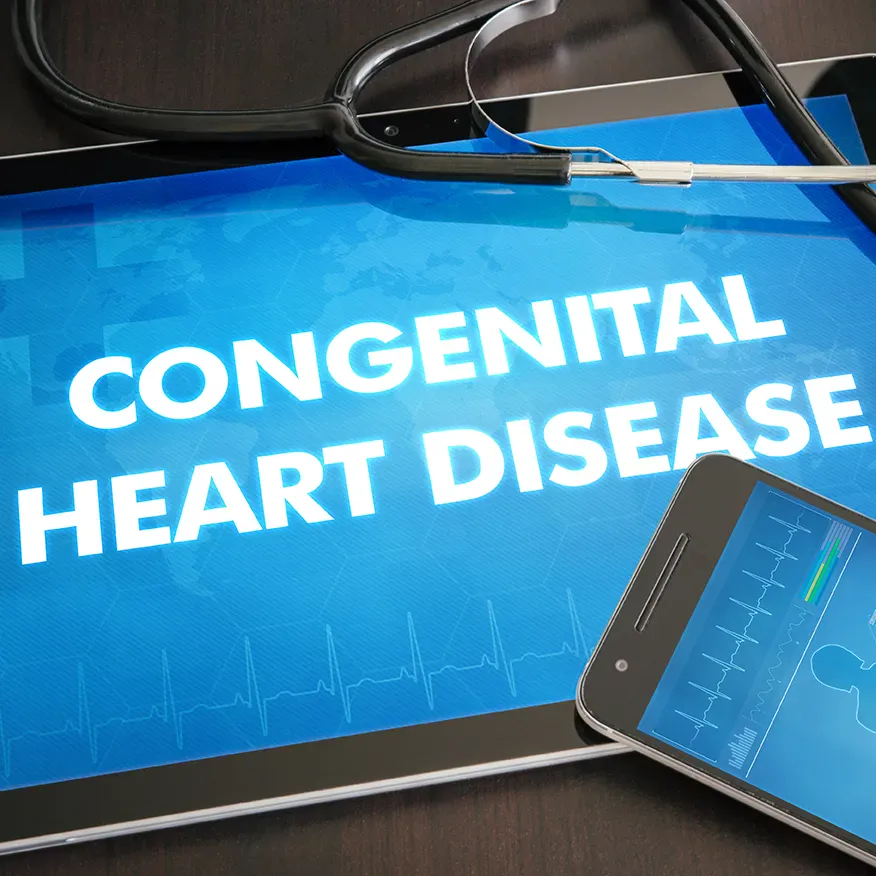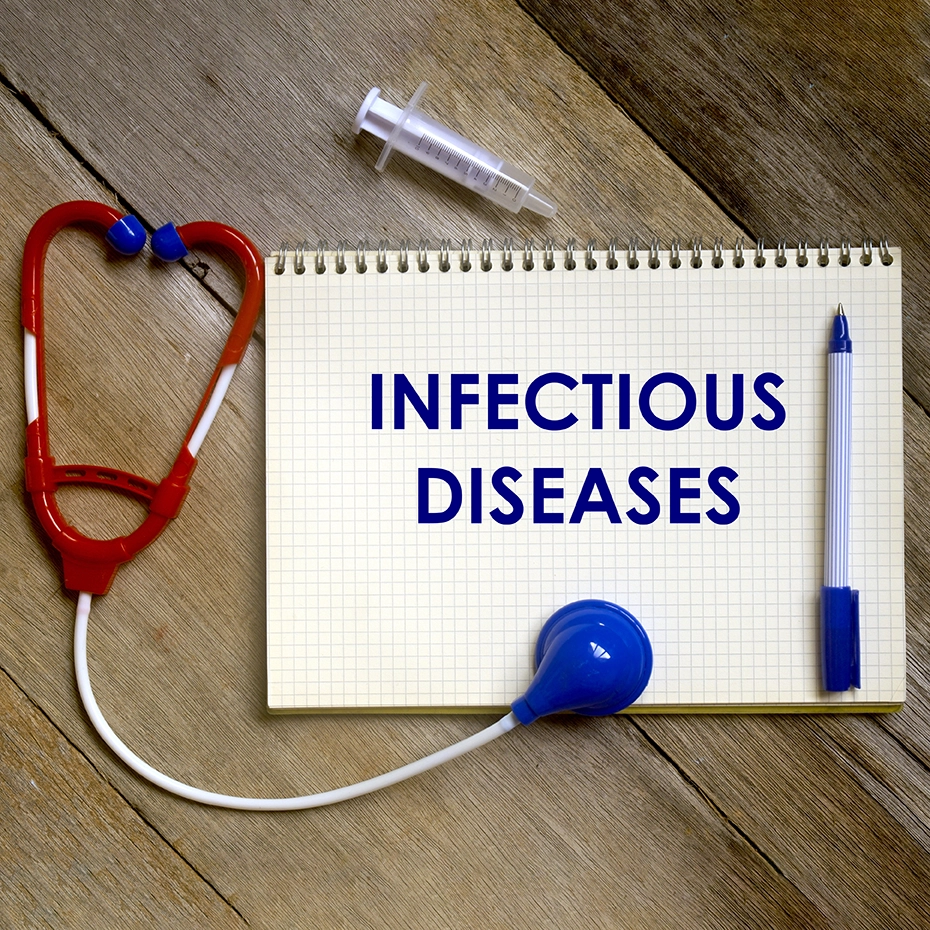The EMPEROR-Preserved Trial: Impact of Empagliflozin in Patients with Resistant Hypertension & HFpEF
27 May, 25
Introduction
Hypertension is highly prevalent in patients with heart failure with preserved ejection fraction (HFpEF). The same can be controlled, uncontrolled, or even resistant. Resistant hypertension is associated with higher rates of adverse cardiovascular (CV) outcomes & higher comorbidities as compared to the treated & controlled hypertension.
Aim
The impact of empagliflozin on systolic blood pressure (SBP), time in target range, incidence of hypertensive urgencies, and studied CV and renal outcomes in different hypertension categories and after treatment with empagliflozin in the EMPEROR-Preserved trial were explored.
Patient Profile
- Patients with HF and ejection fraction >40% (N=5533), the SBP for patients ranged from > 150 and <180 mmHg.
- The study population was categorized into resistant (resHTN; N=1406), uncontrolled (uctrHTN; N=581), and controlled (ctrHTN; N=3546) (i.e. normal SBP).
Methods
Study Design
- EMPEROR-Preserved trial was a randomized double-blind clinical trial.
Treatment Strategy
- Patients were randomized to receive either empagliflozin (N=2997, 10 mg once daily) or placebo (N= 2991).
Outcomes
Primary Composite Outcome
- Adjudicated CVD or heart failure hospitalization (HFH) and the individual components of the composite outcome.
Secondary Outcome
- Adjudicated total HFH including first and recurrent events.
- All-cause mortality
- Changes in SBP
Results
- The incidence of primary outcome differed significantly between ctrHTN, uctrHTN, and resHTN (P=0.036), for first HFH (P=0.003), and for first and recurrent HFH (P=0.004).
- The incidence CVD (P=0.23) and all-cause mortality (P=0.21) did not differ between various HTN groups.
- As per an evaluation for resHTN patients treated with MRA (‘refractory’) those without MRA, the incidence of primary outcome (P=0.50), first HFH (P=0.31), CVD (P=0.64), recurrent HFH (P=0.17), and all-cause mortality (P=0.35) did not differ significantly between the groups.
- Treatment with empagliflozin was associated with slightly more reduction in SBP in resHTN vs uctrHTN in weeks 4-32, with no significant differences thereafter (weeks 52-172).
- Amongst the resHTN and uctrHTN groups, more patients on placebo were out of therapeutic range for a longer period. In the ctrHTN group, greater proportion of patients on empagliflozin, had very small times above range and fewer patients on placebo, had some time points above range.
- Overall, in resHTN and uctrHTN groups, the time in target range was increased by empagliflozin. On the contrary, there was no meaningful difference in ctrHTN.
- Slightly higher proportion of patients on empagliflozin placebo changed from resHTN to ctrHTN or SBP <110 mmHg (12.2% vs. 11.7%).
- Treatment with empagliflozin was associated with moderate reduction in incident hypertensive urgencies (20%-32% reduction).
Conclusions
- Patients with HFpEF have high prevalence of resHTN, which is associated with frequently higher outcome rates compared with ctrHTN and uctrHTN.
- The treatment effect of empagliflozin was not modified by hypertension categories, suggesting that in HFpEF, moderate modifications of blood pressure does not affect overall outcomes and treatment effects of empagliflozin.
Eur Heart J. 2025;46:1304-1317.


